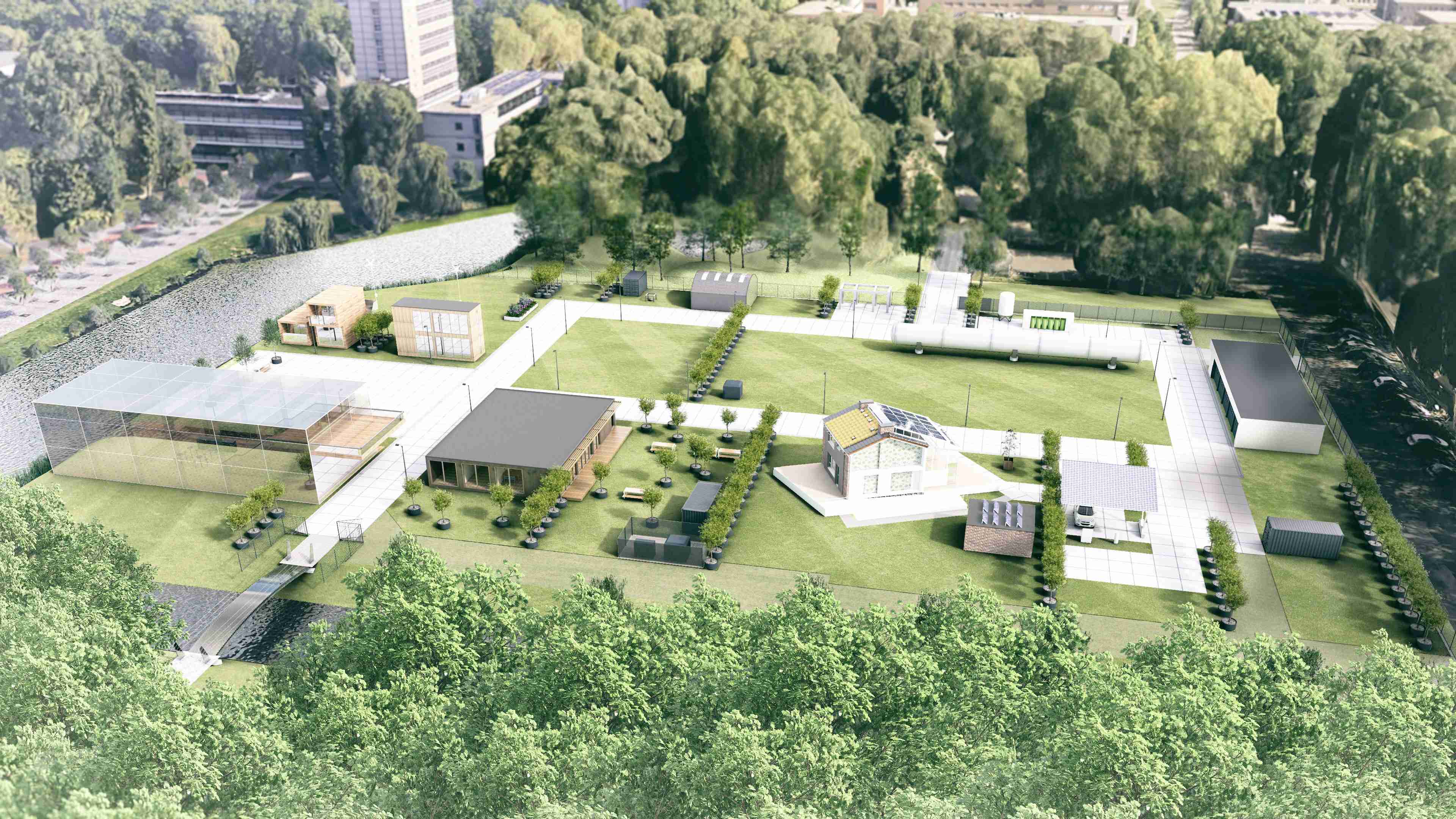Daylight Analysis
-
Intro
-
External Daylight Analysis
-
Internal Daylight Analysis
-
Glare Analysis
Information
| Last updated | November 27, 2024 |
| Primary category | |
| Secondary category |
Responsible
| Faculty |
Daylight Analysis 0/3
Daylight Analysis
This is an overview of different daylight simulations & analysis. Such as: external, internal and glare simulations.
The daylight performance is essential when designing buildings. There are several ways to describe the overall perforamcne of daylight of a design. This subject pages gives an overview of the workflow you should follow to perform daylight simulations.
You can find tutorials about all climate topics. For more information about terminology, lectures, caclulation spreadsheets and information about equipmenton the Brightspace of Climate Design from the Climate Design group.

Daylight Analysis 1/3
External Daylight Analysislink copied
To understand how to run an external light analysis you can follow the tutorial below.
Daylight Analysis 2/3
Internal Daylight Analysislink copied
- The first part of the tutorial refers to converting the Rhino geometry into a proper Honeybee model in order to use it for the daylight simulations, and is described in the tutorial Honeybee Room set-up.
- The next part is to create the daylight simulation, the tutorial Daylight Simulation explains all the different types of internal daylight simulations which can be done with Honeybee Radiance, such as the daylight factor, point-in-time, annual daylight, annual irradiance, and direct sun hours simulation.
Additionally, there are intermezzos that give more detailed information about a small part of the creation of daylight simulations. These intermezzos either give more basic explanation about one specific part or explain more advanced simulation modeling that gives you more control over your simulation.
- The first intermezzo is the tutorial Import Weather Files, which gives more information about how to import weather data and check the quality of this data.
- The second imtermezzo is the tutorial Customized Radiance Parameters and explains how to reach a higher level of detail for your simulation by adjusting the radiance parameters with a convergence test.
Daylight Analysis 3/3
Glare Analysislink copied
To understand how to run a glare analysis you can follow the tutorial below.
Write your feedback.
Write your feedback on "Daylight Analysis"".
If you're providing a specific feedback to a part of the chapter, mention which part (text, image, or video) that you have specific feedback for."Thank your for your feedback.
Your feedback has been submitted successfully and is now awaiting review. We appreciate your input and will ensure it aligns with our guidelines before it’s published.
